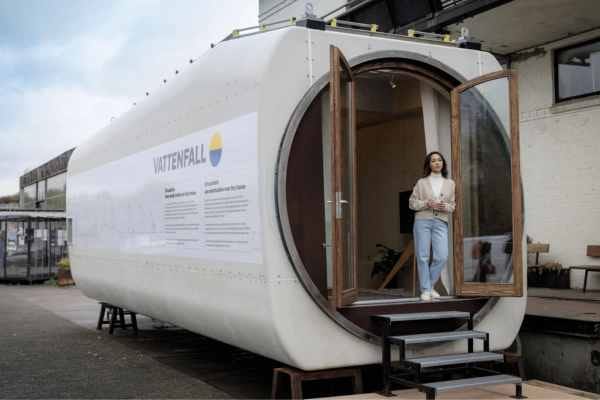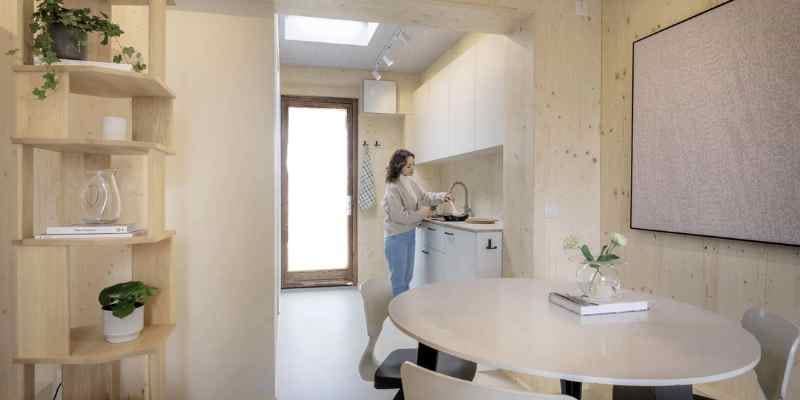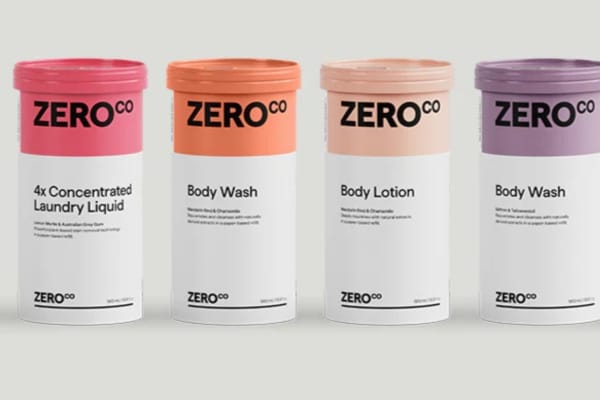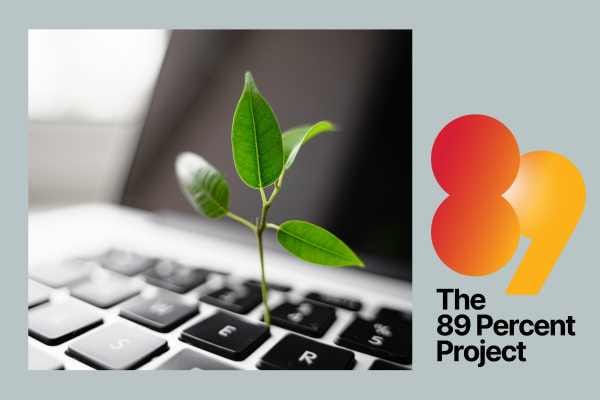From wind turbine to tiny home
This nacelle shell gets its second wind in the form of an eco-friendly living space.

Living in a wind turbine has become a future possibility thanks to a collaboration between energy company Vattenfall and design studio Superuse.
Together, they have transformed a retired nacelle - the topmost section of a wind turbine - into a tiny home.
The nacelle, which formerly generated power at the Austrian Gols wind farm for 20 years, is now fitted with all the essentials for a comfortable and environmentally friendly living experience.
The tiny home was on display at Dutch Design Week (from October 19–27) and although it was designed with a focus on minimal modification, it comes complete with a kitchen, bathroom, and living area and is equipped with a heat pump, solar panels, and a solar water heater.
Last year, the energy company invited four design firms to think about a second life for wind turbines that have reached the end of their working life to explore ways of reducing the environmental footprint of decommissioned turbines.
"This offers perspective and a challenge for owners and decommissioners. If such a complex structure as a house is possible, then numerous simpler solutions are also feasible and scalable."
“We are looking for innovative ways in which you can reuse materials from used turbines as completely as possible," Vattenfall’s director of innovation Thomas Hjort said. "So making something new from them with as few modifications as possible. That saves raw materials, energy consumption and in this way we ensure that these materials are useful for many years after their first working life.”
The company says most parts of a wind turbine (foundation, tower, gearbox parts and generator) are made of metal or concrete and therefore easily recyclable.
Steel recycling, on the other hand, requires a lot of energy and creates emissions. By reimagining the use of turbine materials, Vattenfall says, it hopes to avoid the high energy costs and emissions associated with melting down steel.
The nacelle, once part of a V80 2MW turbine, was reimagined by Superuse, which specialises in creating circular-economy urban architecture.
"At least ten thousand of this generation of nacelles are available, spread around the world. Most of them have yet to be decommissioned," said Jos de Krieger, a partner at Superuse and Blade-Made.
"This offers perspective and a challenge for owners and decommissioners. If such a complex structure as a house is possible, then numerous simpler solutions are also feasible and scalable."
Dutch company Business in Wind handled the turbine’s decommissioning and Vattenfall’s tiny house is among four turbine repurposing concepts on display at Dutch Design Week where creative concepts ranging from floating islands to sustainable artwork crafted from turbine parts were showcased.

This nacelle used to create the tiny home is the top part of a V80 2MW wind turbine that stood in Austria for 20 years. It is four metres wide, ten metres long and three metres high. The tiny house has a kitchen, bathroom and living space and is equipped with sustainable features such as a heat pump, solar panels and a solar water heater. Furnishings are sustainably produced and include a table made of circuform that incorporates material from a recycled wind turbine blade. The electrical installation was installed by Vattenfall subsidiary Feenstra.





